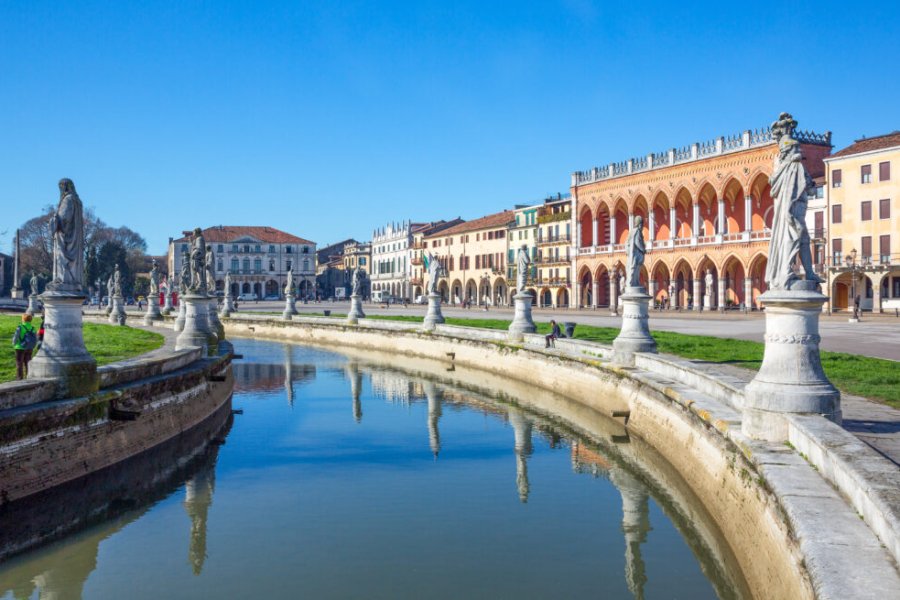Travel Guide Chizarira National Park
Find an accommodation
Advertising
Like Matusadona, Chizarira was established as a wildlife sanctuary in 1963 and became a national park in 1975. The name Chizarira comes from a Tongan term meaning "barrier" or "obstacle" and refers to the rocky escarpments that rise in this part of the country. Chizarira National Park seems to be the winner in the category of little visited and difficult to access national parks. This is a very important aspect of the concept of the "Creative Class", as it is the most important aspect of the "Creative Class", as it is the most important aspect of the "Creative Class", as it is the most important aspect of the "Creative Class". This is a very wild and mountainous area with a multitude of small springs. The topography of Chizarira is relatively rugged: to the north, the Zambezi escarpment is crossed by two deep gorges through which the Mucheni and Lwiziluku rivers flow. To the northeast, the park is dominated by Tandezi Peak, which rises to more than 1,400 m and is said by the Tongans to be home to a giant, centuries-old snake. To the south flow the alkaline springs of Mujima, overlooked by the Chongolo and Gongoriba mountains. In the center stands the Sinamagoga escarpment, which dominates the Busi valley.With its rugged and wild landscape, its isolation and the large amount of wildlife it used to support, "Chiz" holds a special place in the hearts of many Zimbabweans. It used to be a sanctuary for black rhinos, which were quite numerous before they were totally decimated by poaching. In recent years, the park has received support from NGOs such as Alert and National Park Rescue, which are helping to revitalize it: ecological monitoring, repair of the network of trails and infrastructure, support for anti-poaching, development of local communities ... Today, Chizarira hosts a small population of elephants and lions, but also various species of antelopes (impalas, damalisques, black hippotrague, roan antelope, great kudu, harnessed guib, oréotrague ..), buffaloes, leopards, spotted hyenas... The park is also famous for its remarkable avifauna, with particularly rare species: livingstone's flycatcher, taita falcon, Verreaux's eagle, Angola brief, foliotocol cuckoo..
What to visit Chizarira National Park?
Advertising
Suggested addresses Chizarira National Park
Weather at the moment
Advertising
Organize your trip with our partners Chizarira National Park
Transportation
Book your plane tickets
Car Rental
Boat rental
Accommodation & stays
Find a hotel
Holiday rental
Find your campsite
Tailor-made trip
Immersion travel
Services / On site
Activities & visits
Find a doctor
Find unique Stay Offers with our Partners
Pictures and images Chizarira National Park
There are currently no photos for this destination.




